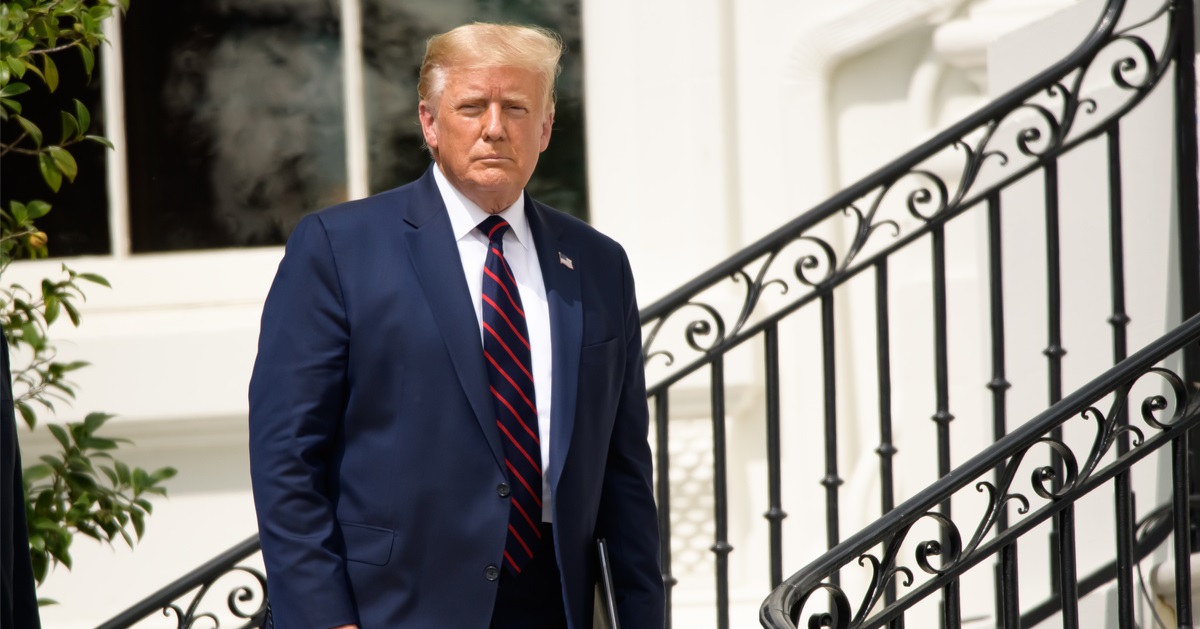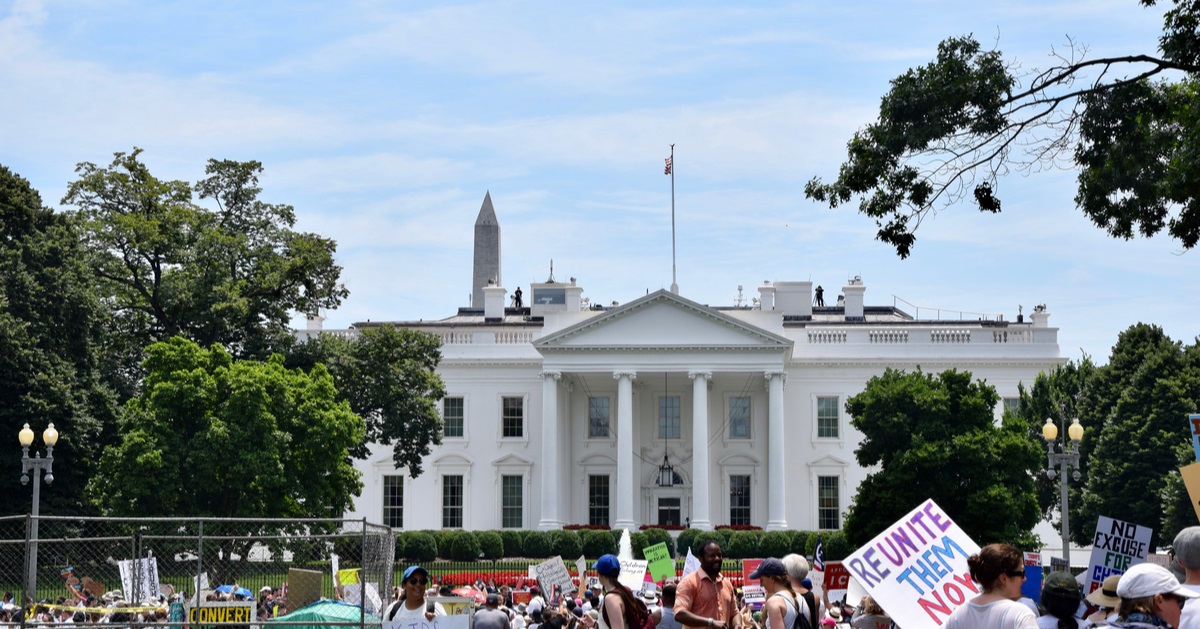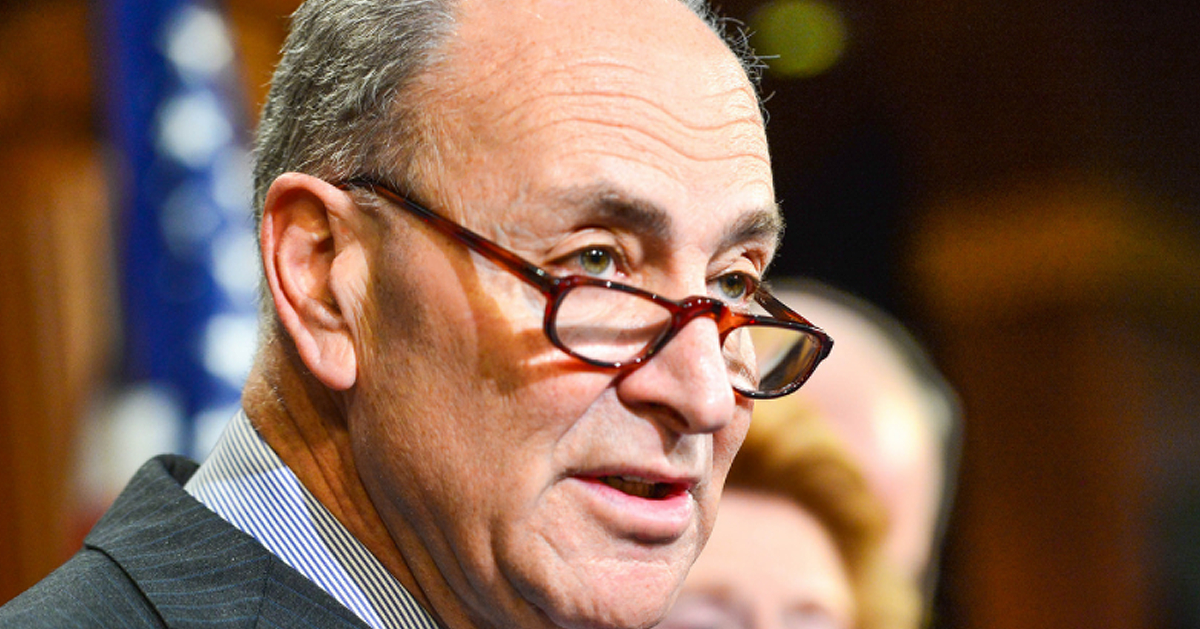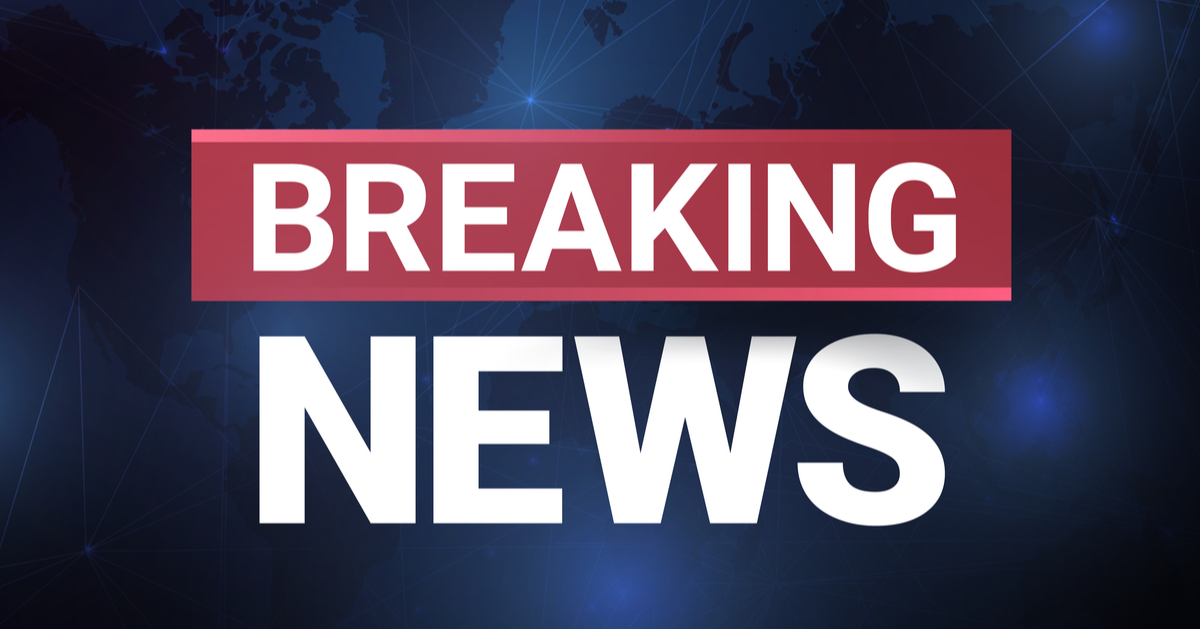DANIEL VAUGHAN: Trump's Economic Forecast Is Sunny With A Chance Of Severe Storms
The U.S. economy is increasingly facing two tracks: on one side, real growth is possible with growing prosperity. On the other side, there's a recession on the horizon. It's not me or other pundits calling this. It's America's CEOs who have to plan for the future. They see two tracks, and so should we.
The best example is United Airlines, which released its first-quarter earnings report this week. Typically, a company reviews the previous three months' earnings and expenditures and tries to forecast based on what it knows.
United Airlines admitted they didn't know what the future held. They provided two tracks of guidance: a "stable environment scenario" and a "recessionary environment scenario."
United said, "[A] single consensus no longer exists, and therefore the Company's expectation has become bimodal – either the U.S. economy will remain weaker but stable, or the U.S. may enter into a recession. The Company is therefore providing two separate guidance benchmarks based on these two different macroeconomic views."
It's hard to read because no one knows what the tariff rates will be tomorrow, let alone three to six months from now. Beyond tariffs, you don't know how other countries will respond or if consumers will shift their own habits in different scenarios.
That's the basis of United Airlines' dual tracks. If things remain stable, consumers will stay somewhat stable. If the economy goes downhill, they estimate they could lose 5% of total revenue for the rest of the year.
It's difficult to forecast the future, especially when uncertainty about what could happen is high.
For instance, The Wall Street Journal reports that the Trump administration is now using tariffs to isolate China. That makes sense from a strategic standpoint. The overarching goal is to "pressure U.S. trading partners to limit their dealings with China."
After detailing the levers of power the White House is pulling to push China, they say, "Those measures are meant to put a dent in China's already rickety economy and force Beijing to the negotiating table with less leverage ahead of potential talks between Trump and Chinese President Xi Jinping."
From a raw political power standpoint, this makes sense. China has undercut the United States in many ways over the decades, and pushing back is good. But there are real costs to policy, and it's making it harder for U.S. companies to plan what is next.
That's even more true when there's a 90-day pause on tariffs - with the exception of China. If you're a large company, forward guidance is basically impossible because you don't know what the United States or any other country will do.
This works if you're the Trump administration maximizing leverage over everyone. But it cuts the other way for business owners.
Fortunately, it is not all doom and gloom. There is just a lot of uncertainty. As I wrote this week, none of the tariff policy impacts are showing up in inflation, employment, or other official government economic data.
Even the largest banks in the country agree: They have no signs that Americans are being hurt. "Bank of America and Citigroup said Tuesday that consumer spending ticked higher in the first quarter when concerns about tariffs and the economy began to bubble up. JPMorgan Chase said last week that credit—and debit-card spending rose."
Everyone knows there are warning signs, though. "Worries about a recession and higher prices have intensified in recent weeks after Trump's tariffs set off sharp swings in markets. A closely watched gauge last week showed consumer sentiment took a nosedive in April."
But for now, these are estimations. The United States economy has two paths ahead: one of growth and one of recession. Decisions in the White House over the next few months will dictate which path we take.
Contrary to the talking heads, the country's future is not sure. But with each passing day, the risk of a downturn is there. It's just impossible to predict or forecast. Goldman Sachs issued a recession call for this year but pulled it a few hours later because Trump shifted policy.
That's the knife's edge we're walking on right now. If Trump delivers on trade deals with other countries that lower tariff rates and expenses, it wouldn't be shocking to see the economy take off. The same is true of China; if the Trump White House lands an improbable deal with them, explosive growth will be possible.
Everything is on the table while red flags are waving in the economy. We'll end up on one of these paths regardless, even if no decision is made on tariffs. If Trump holds off on tariffs indefinitely but still threatens them, that's another factor in economic forecasting.
If this were a weather forecast, we'd have a 50% chance of sunshine or severe storms. Something is coming, but no one knows just yet.






